We don't live in an agrarian society anymore, at least not here in the United States. Because few of us live in proximity to farmers, most Americans rarely consider the factors that go into producing the staple crops we consume every day — things like corn, wheat and rice.
But though industrial agriculture has honed these crops into mass-produced, undifferentiated grains, they are grown on a planet whose climactic conditions are increasingly unpredictable. Indeed, as climate change intensifies, food scarcity is guaranteed to become more prevalent — even for basic staple crops like these.
Besides supply chain breakdowns, heat waves and rising sea levels, scientists cannot fully anticipate how the Earth's ever-rising temperature will impact every aspect of the environment. Agriculture is a science of balances — just the right kinds of minerals in the soil, the ideal amount of sunshine and precipitation — and global warming throws so many new variables into the mix that the most predictable thing about it is its unpredictability.
"What is needed is a radical transformation of food systems, localizing them as much as possible, and supporting crop diversification through agroecology and other progressive approaches."
"The full impact of climate change on the global food system is complex," Marie Cosquer, Advocacy Analyst on Food Systems and Climate Crisis for Action Against Hunger, wrote to Salon. Even though the impact of climate change will not be uniform across all agricultural sectors, the problem is still serious enough that everyone who produces food should be concerned. "What is needed is a radical transformation of food systems, localizing them as much as possible, and supporting crop diversification through agroecology and other progressive approaches," Cosquer says.
Unless that happens very soon, there are some ways in which we can definitely expect climate change to alter what we eat. Here are some of the everyday crops that will be affected by those alterations — and which, in turn, will shift what you can eat.
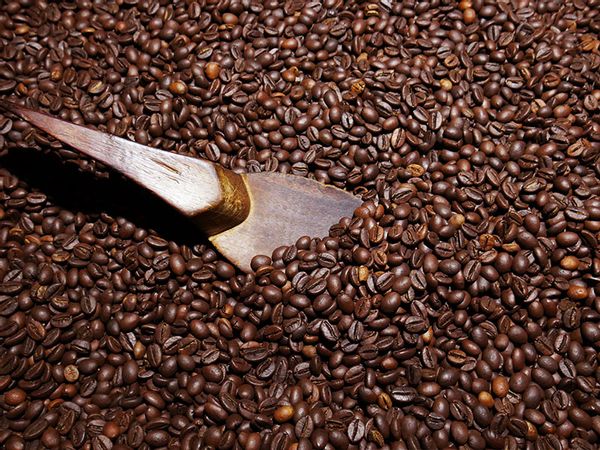 Roasted Coffee Arabica Beans (Dasril Roszandi/Anadolu Agency/Getty Images)Image_placeholder
Roasted Coffee Arabica Beans (Dasril Roszandi/Anadolu Agency/Getty Images)Image_placeholderIf you rely on a cheap cup of joe to get you through the day, hold on to your mug.
"Coffee arabica is known to be specifically vulnerable to climate change impacts," Dr. Roman Grüter, Life Sciences faculty at the Zurich University of Applied Sciences, told Salon by email. "Future suitability is going to be decreased due to sensitivity to high temperatures. Many crops are going to be negatively affected by extreme events (linked to climate change), such as long periods of drought, heat waves, strong rains etc."
This kind of climate chaos won't fully eradicate coffee, but it will undoubtedly make it more expensive, which may affect your ability to drink it as much. Indeed, botanists already fear that wild coffee may go extinct without conservation efforts.
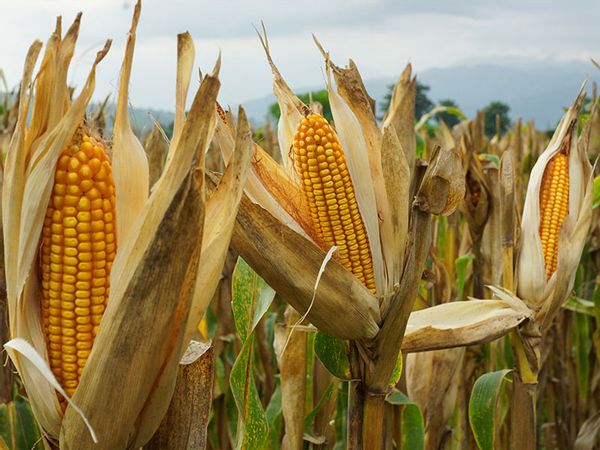 Corn (Getty Images/Edwin Tuyay/EyeEm)Image_placeholder
Corn (Getty Images/Edwin Tuyay/EyeEm)Image_placeholderWant more health and science stories in your inbox? Subscribe to Salon's weekly newsletter The Vulgar Scientist.
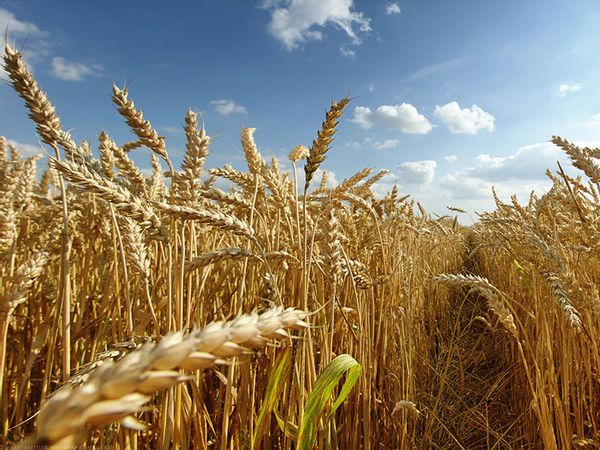 Wheat (Getty Images/AIMEN SAKHRI/500px)Image_placeholder
Wheat (Getty Images/AIMEN SAKHRI/500px)Image_placeholder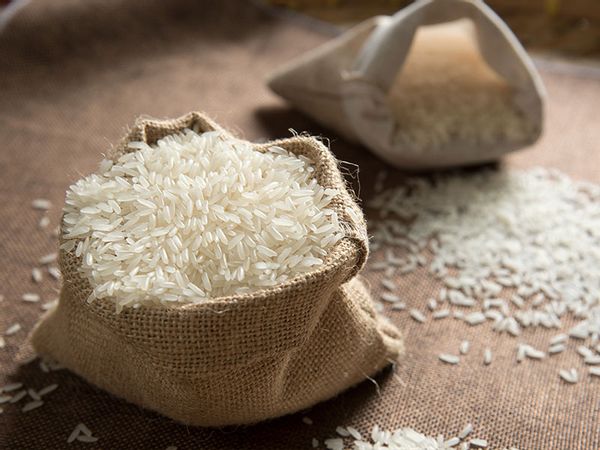 Rice (Getty Images/Chadchai Ra-ngubpai)Image_placeholder
Rice (Getty Images/Chadchai Ra-ngubpai)Image_placeholderRice has the dubious distinction of both contributing to global warming — an estimated 12% of global methane emissions come from rice production — while simultaneously being a major victim of climate change. As temperatures rise, droughts become more frequent, floods worsen and typhoons become increasingly severe, rice crops are expected to take a major hit.
That said, as with all of these crops, there is some regional variation. For instance, South Sudan might become a hub of rice production; the country has suffered from floods due to increasing temperatures, and Cosquer says her organization "stepped in and taught farmers to grow a new crop — rice — which flourishes in water. Now, men and women alike now own their own rice farms and sell this crop in their communities."
The future of rice could mean more of it is grown in South Sudan, and less in other regions known for rice production today.
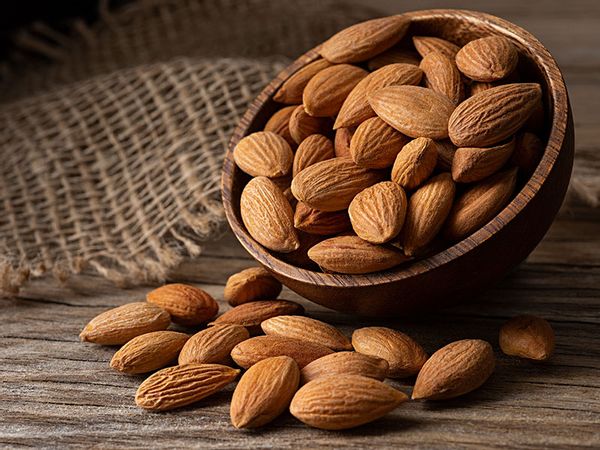 Almonds (Getty Images/BURCU ATALAY TANKUT)Image_placeholder
Almonds (Getty Images/BURCU ATALAY TANKUT)Image_placeholder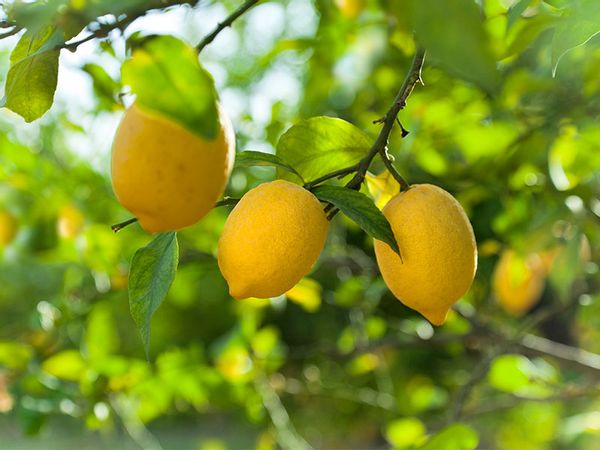 Lemon Fruit (Getty Images/Brzozowska)Image_placeholder
Lemon Fruit (Getty Images/Brzozowska)Image_placeholder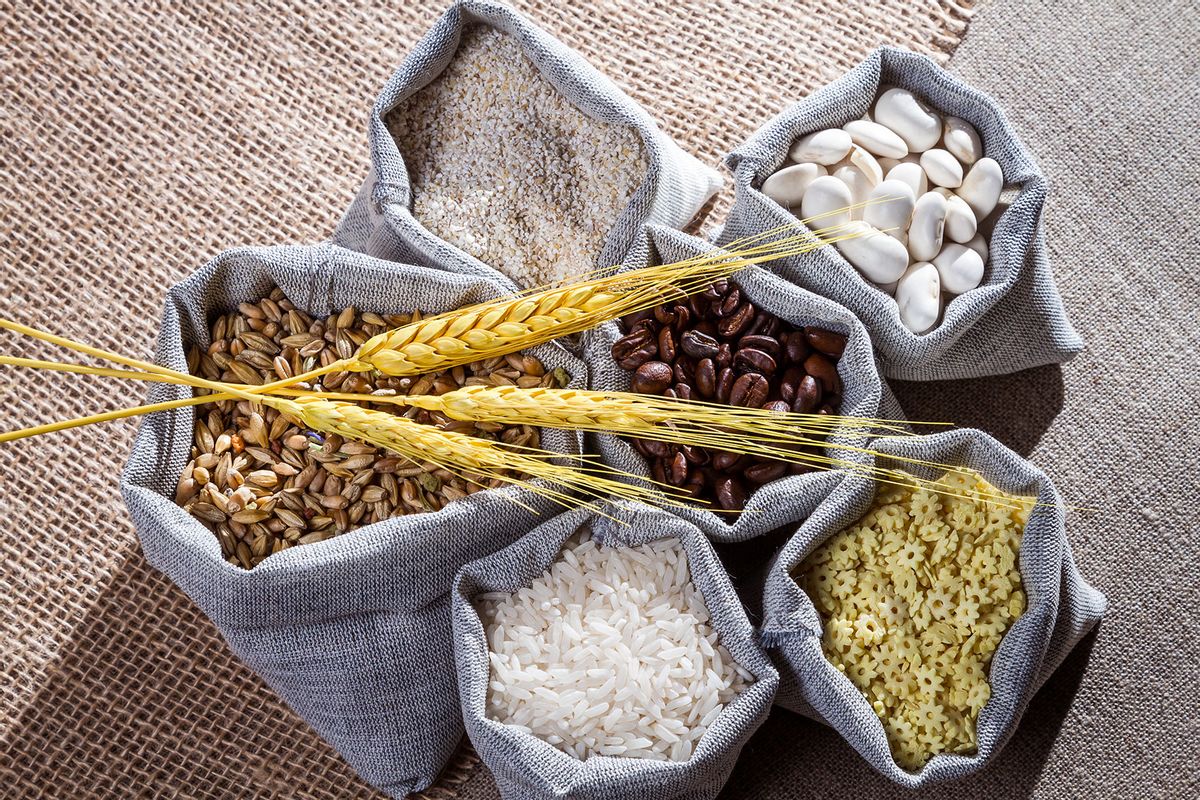
Shares